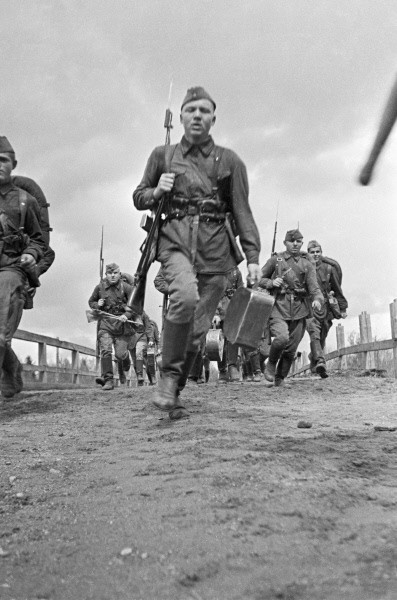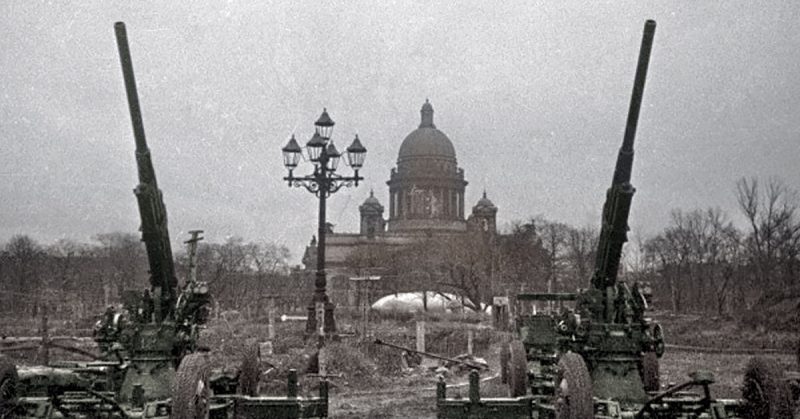The siege and defense of Leningrad are one of the most tragic pages of the history of World War II in the USSR, which called it the Great Patriotic War. For several years, Leningrad was in the ring of a Nazi blockade and military formations from other countries. The inhabitants of Leningrad were left without food, running water, heat and electricity, but they did not give up. Below are 6 facts about besieged Leningrad.
The blockade lasted 872 days
Since September 8, 1941, Leningrad was under a military blockade. When the blockade began, there were already insufficient supplies of food and fuel in the city. The only way to the outside world was Ladoga Lake, through which the “highway of life” passed. Some cargoes with food were delivered via the lake, but not enough. On January 27, 1944, 872 days after the siege, Leningrad was liberated from the Nazis.
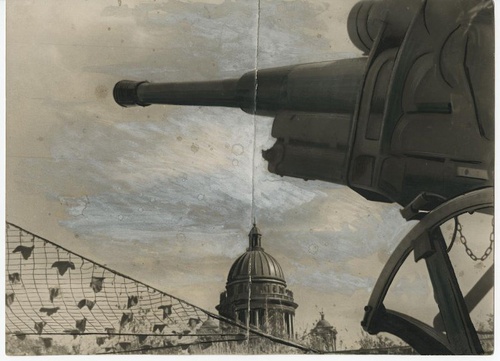
The Harshest Winter
The first winter was the most difficult time for the whole blockade. The air temperature remained extremely low for a long time, practically until May 1942, and repeatedly decreased to -32°C (-25 F). A large amount of snow created problems for the residents of the city. Such weather was considered anomalous because even by April 1942 the average depth of the snow was nearly 20 inches.
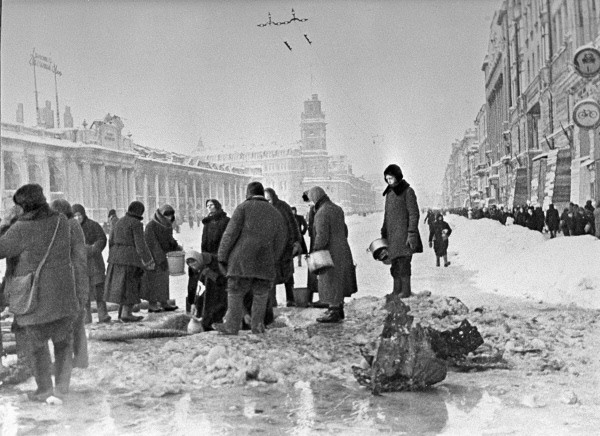
Main Enemy: Hunger
The biggest problem of besieged Leningrad was famine. Children and dependents received a serving of 125 grams (about 1/4 lb) of bread a day between November 20 and December 25. Factory workers were supposed to have 250 grams (just over 1/2 lb) of bread, and the personnel of the militarized guards and firefighters were supposed to have 300 grams (2/3 lb) of bread a day.
During the blockade, bread was made from a mixture of oatmeal and rye flour, cake and unfiltered malt. It was black and bitter. According to official figures, 632,253 people died of starvation.
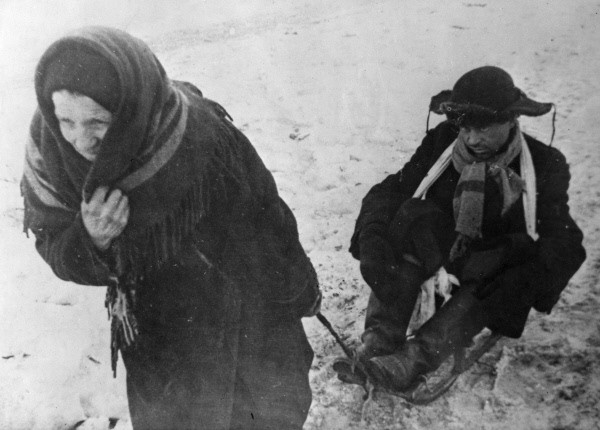
1.5 Million People Evacuated
The evacuation of Leningrad’s residents took place in three stages, during which about 1.5 million people, almost half of the city’s population, were evacuated. Evacuation began a week after the outbreak of the Great Patriotic War, but many people did not want to leave their homes. Many had to be persuaded to go.
The second and third stages of the evacuation passed across the “road of life” through Lake Ladoga. In October 1942, the evacuation of residents was completed.
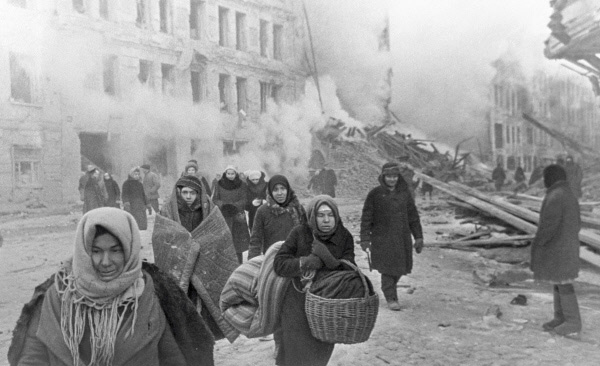
Heartbeat of Leningrad
To alert residents about enemy attacks, 1,500 loudspeakers were installed around the city. They constantly played the sound of a metronome: its slow rhythm meant safety, and its fast rhythm served as the alarm that warned people about the beginning of an air attack.
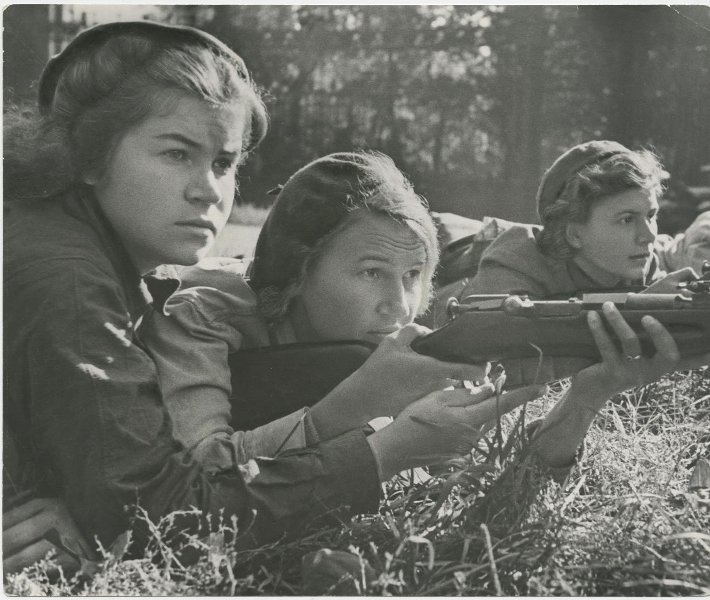
In addition, reports of enemy attacks were broadcast through the city’s radio network, and residents were forbidden to turn off radio receivers in their homes. The sound of the metronome was periodically interrupted by the voice of the announcer with updates about the situation in the city. The beat of the metronome was called the heartbeat of Leningrad.
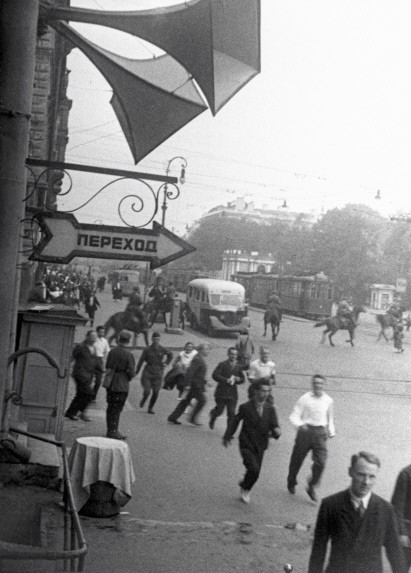
Cat Heroes
In addition, it is worth noting the role of “cat-saviors” during the siege. In January 1943, some cats were brought to Leningrad to control the rodent population. The cats quickly rose to the occasion, saving the city’s food reserves from pests. Their contribution was so important that in 2000, monuments to the cats Elisei and Vasilisa were installed in St. Petersburg.
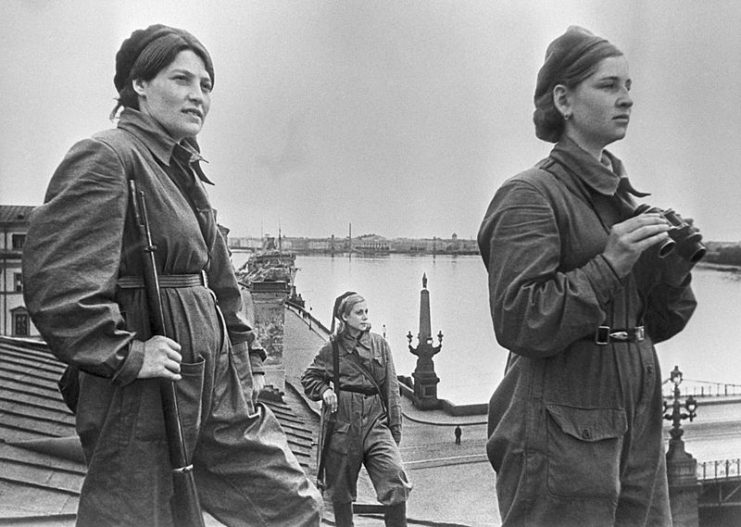
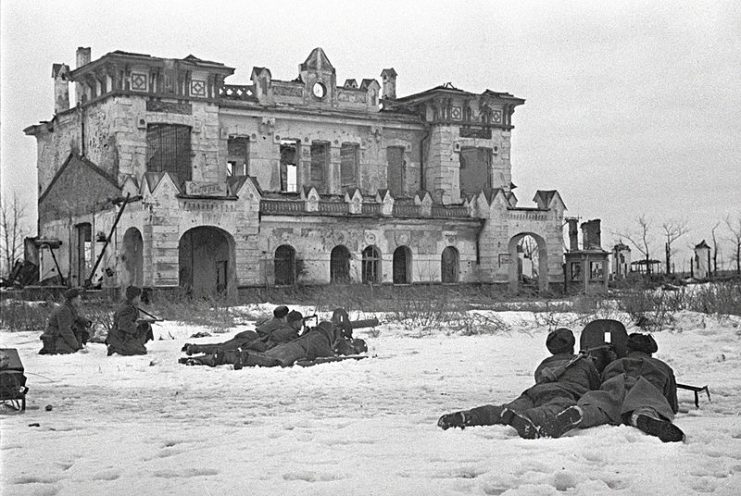
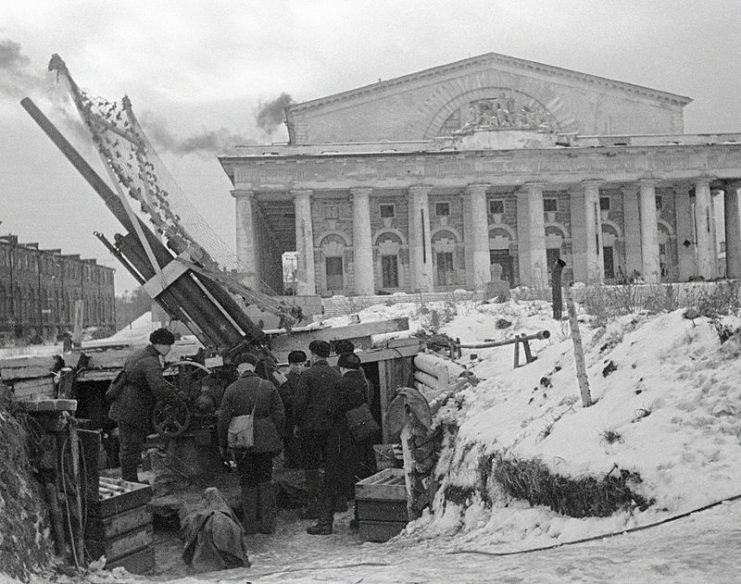
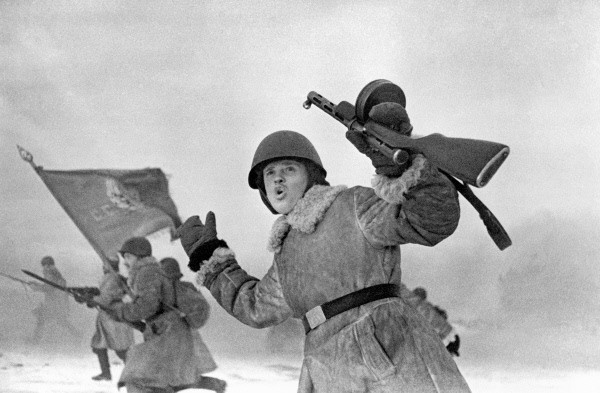
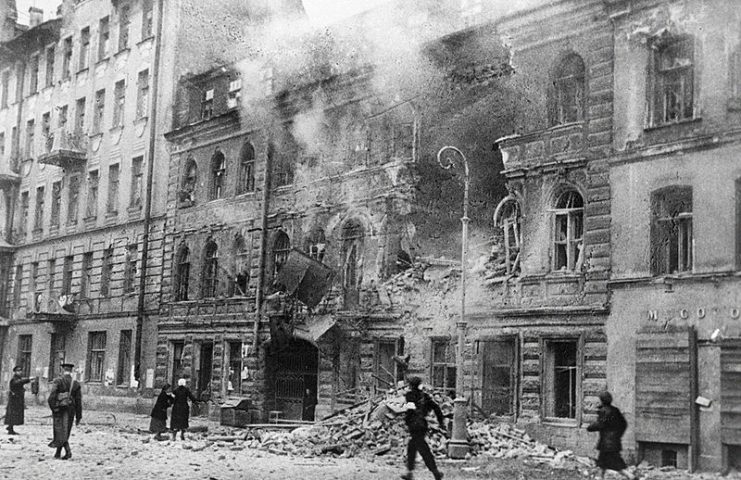
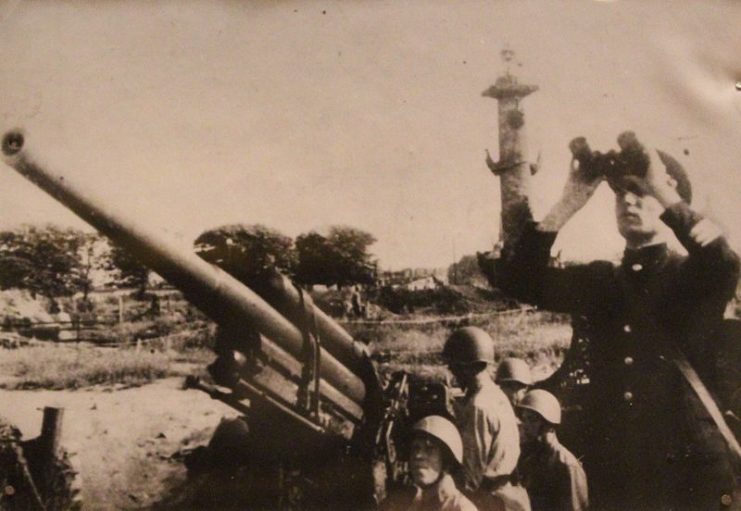
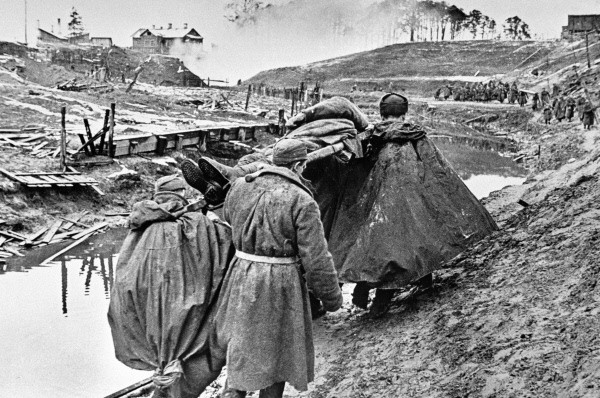
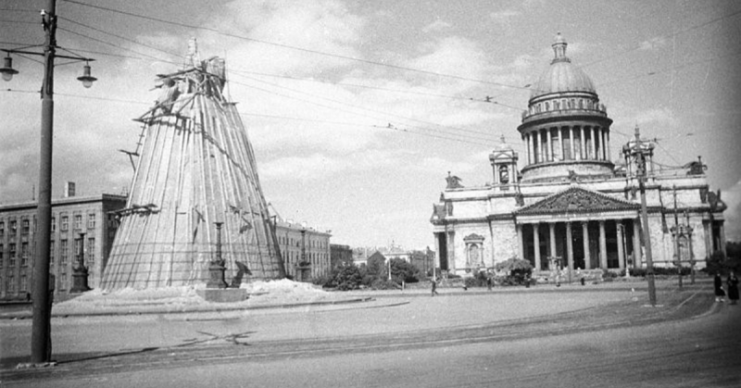
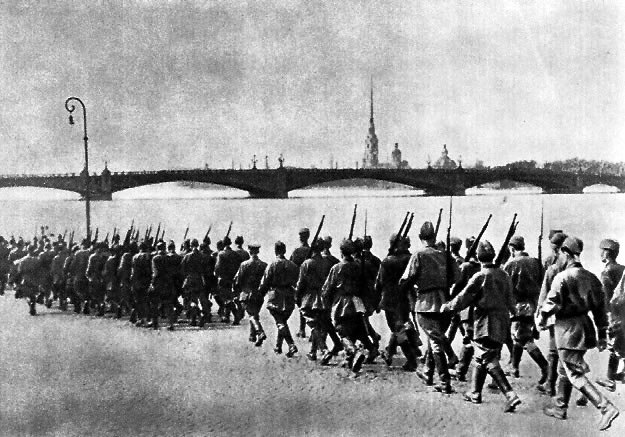
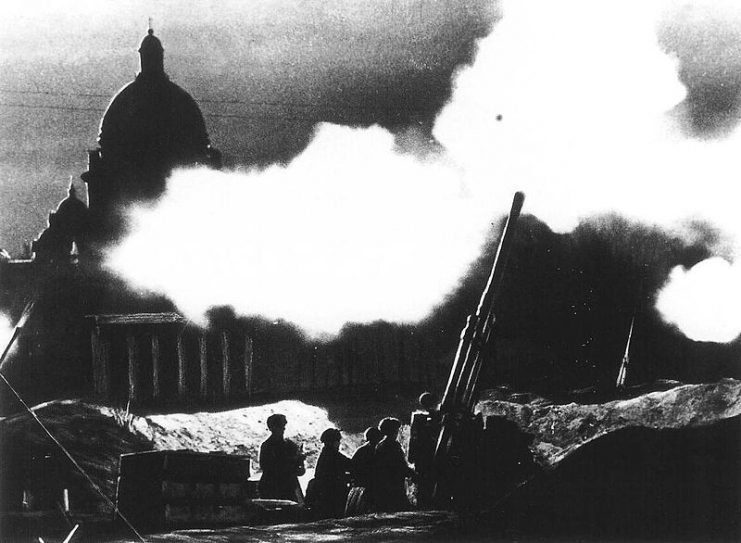
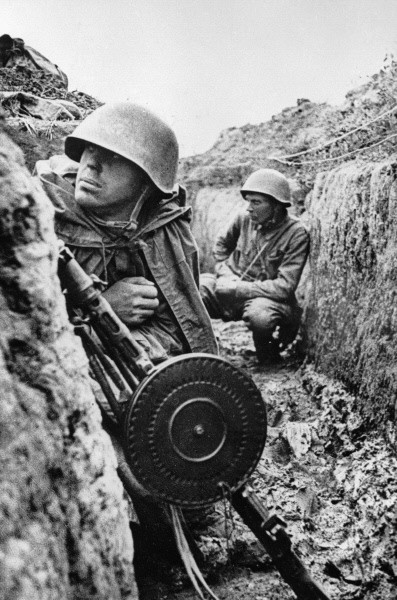
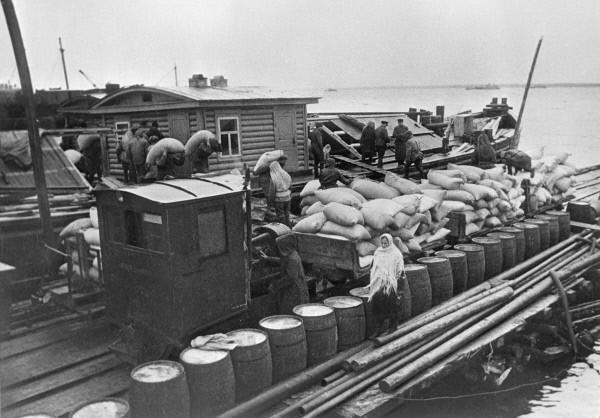
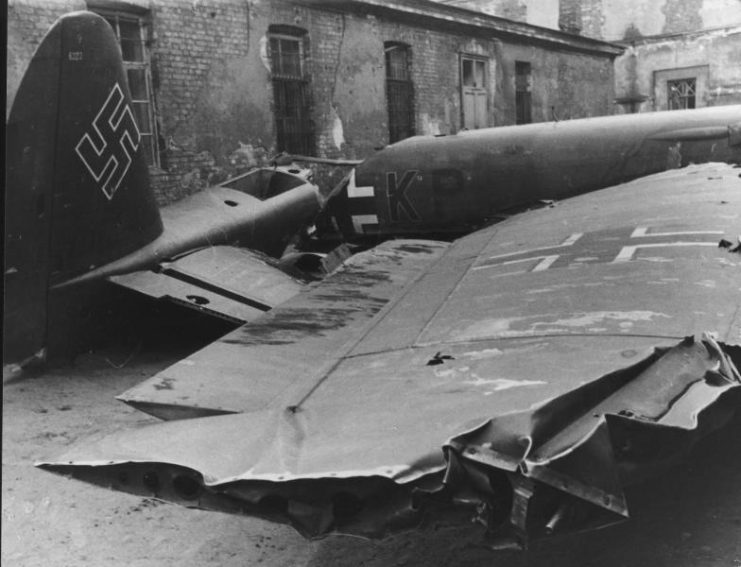
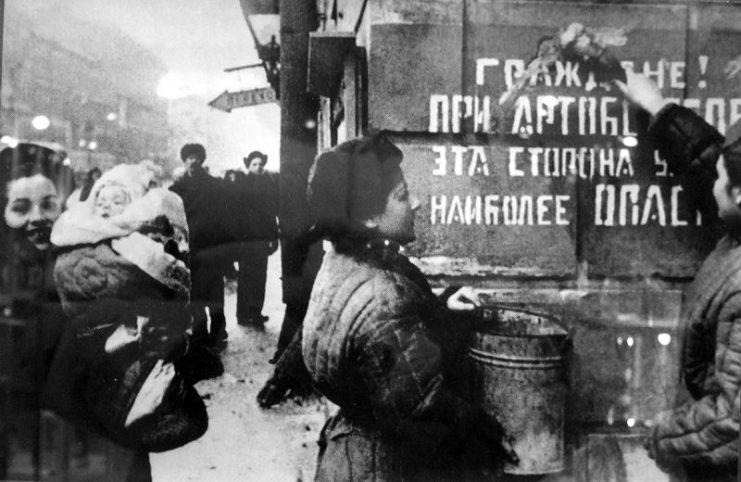
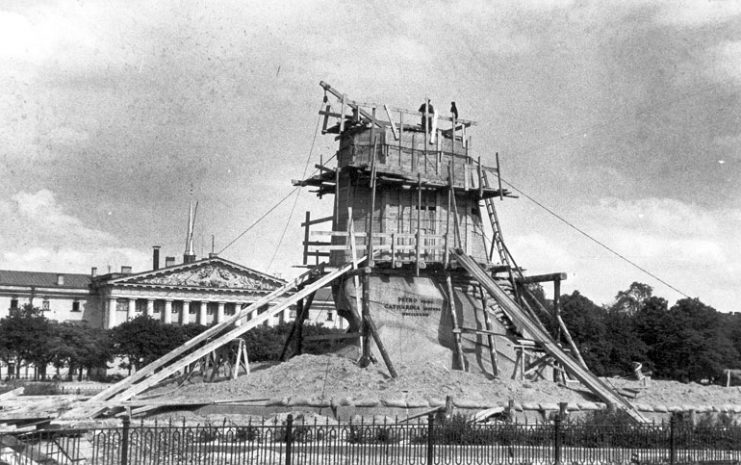
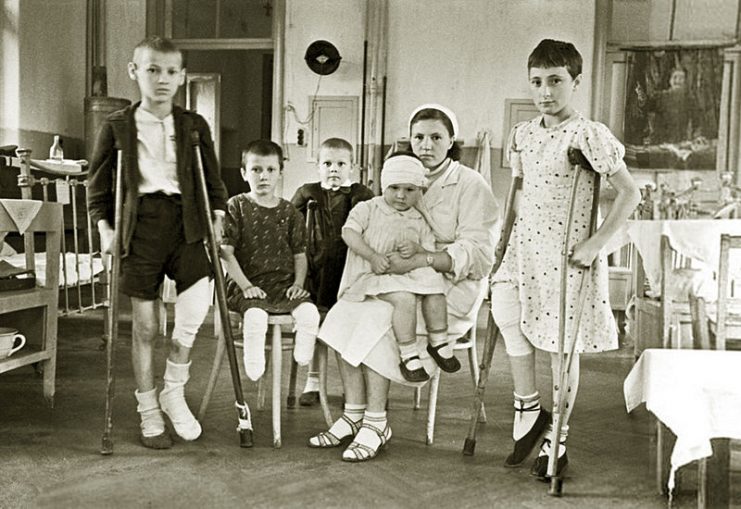
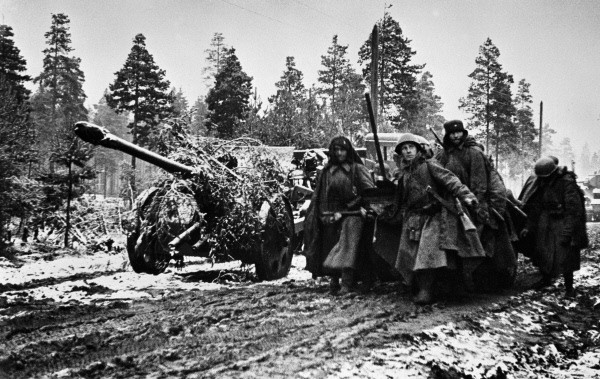
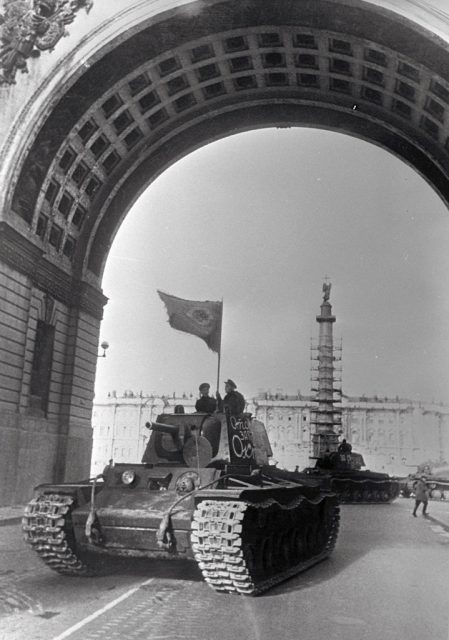
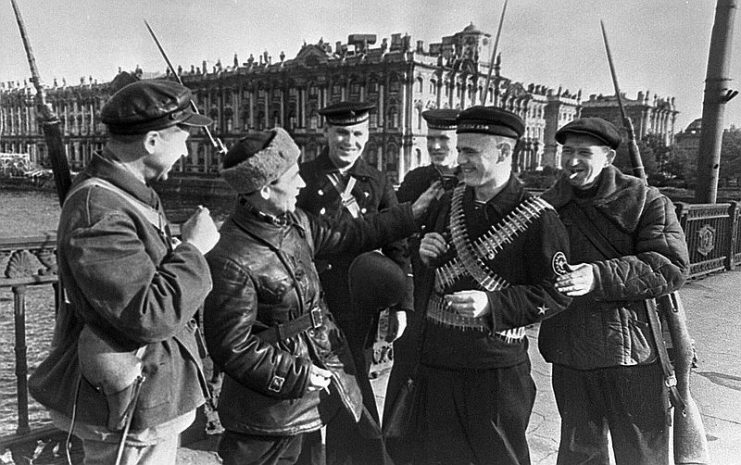
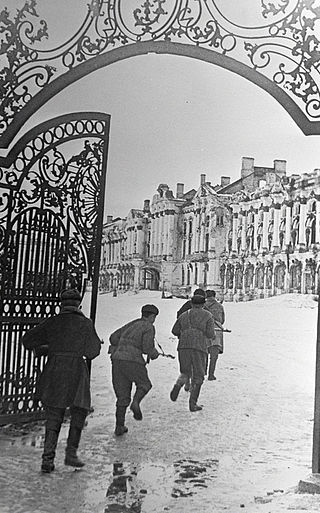
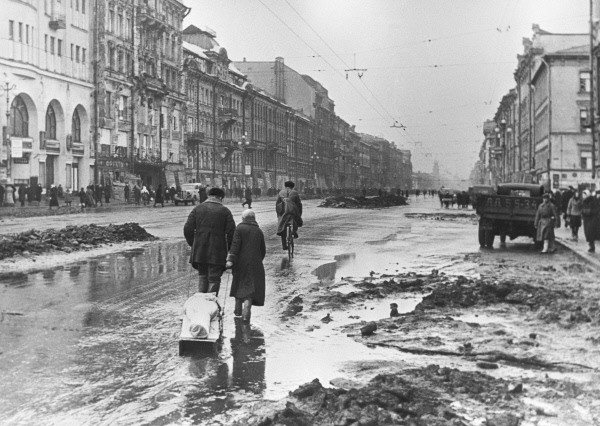
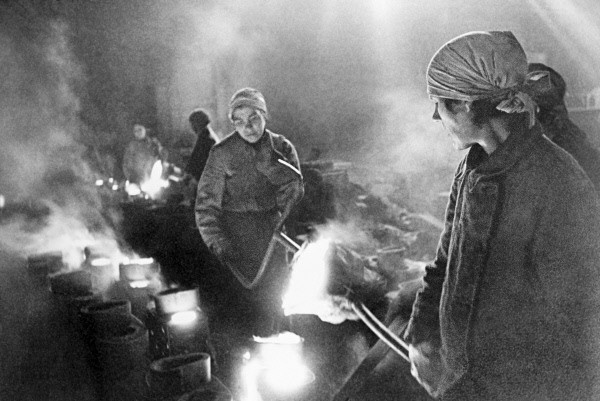
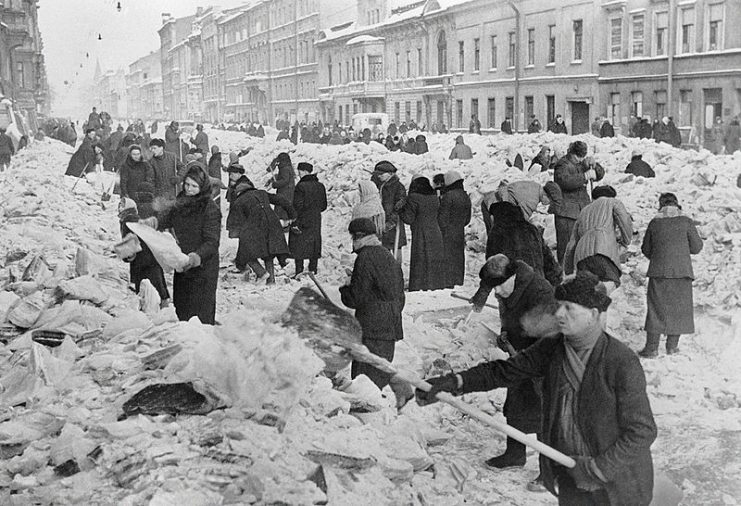
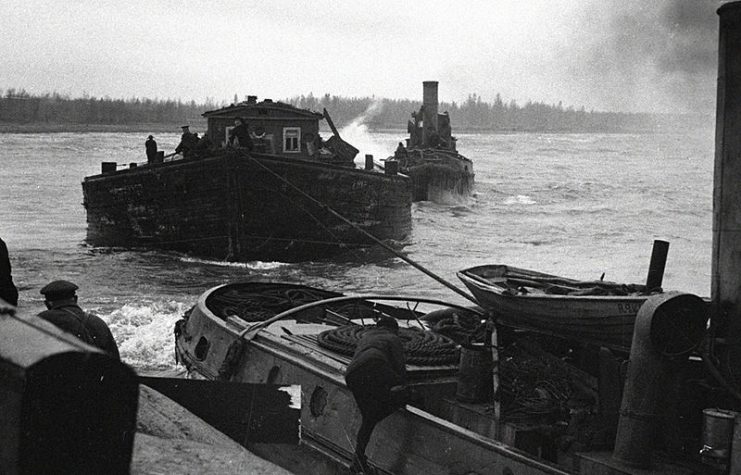
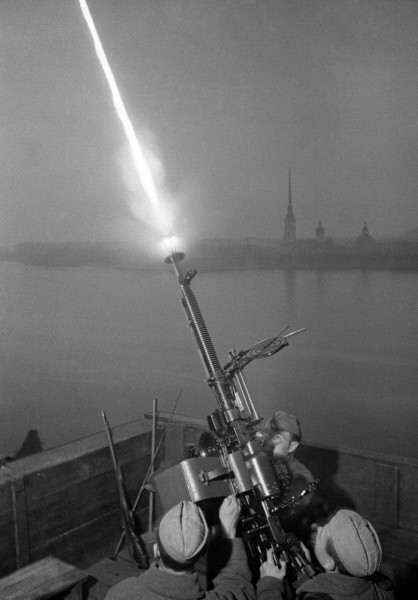
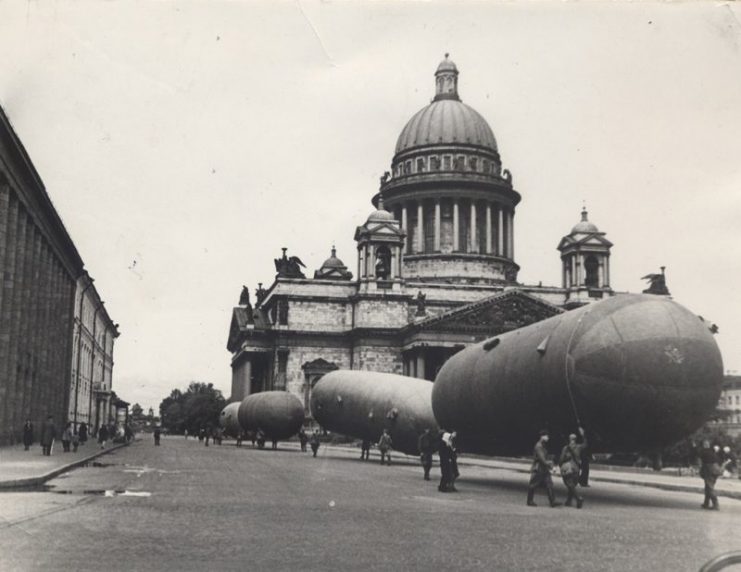
Read another story from us: German Soldier Defected & Warned Soviets of Invasion then Disappeared
